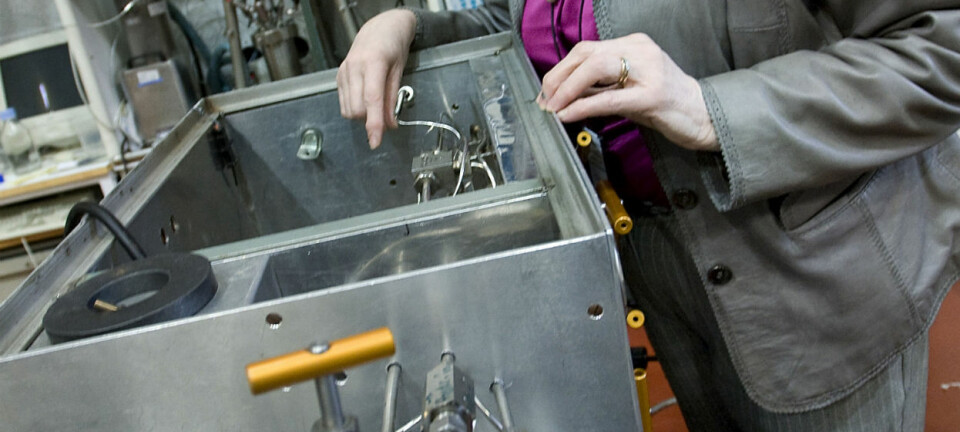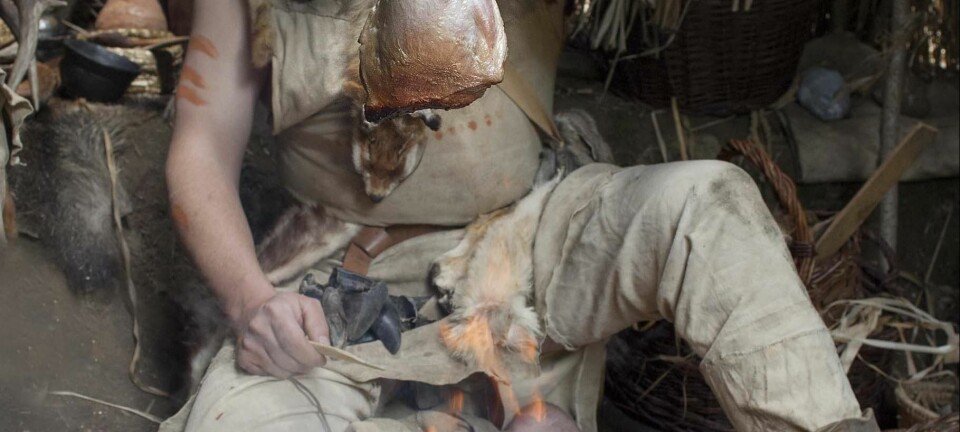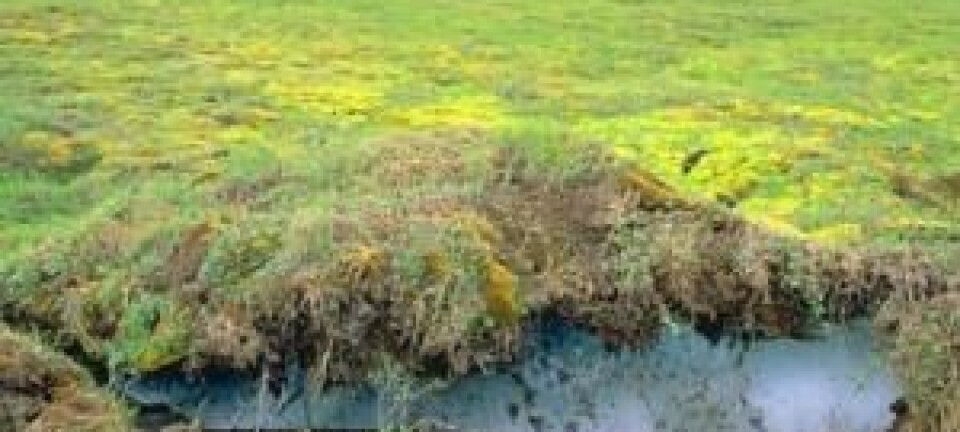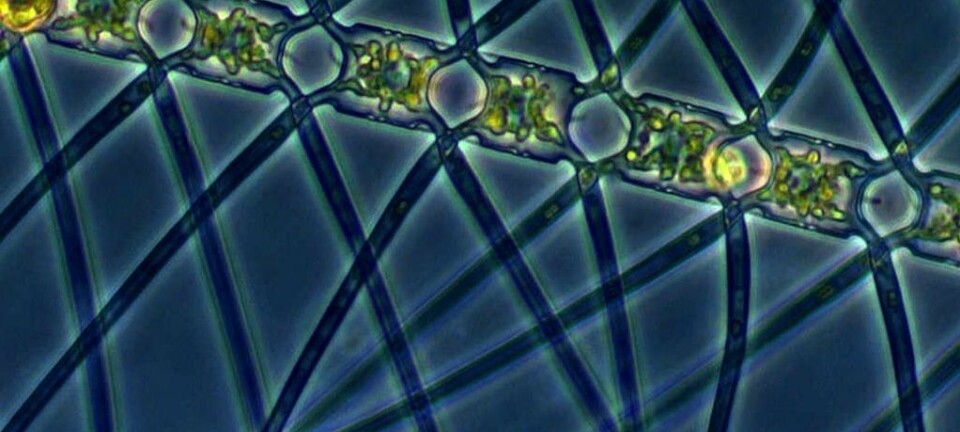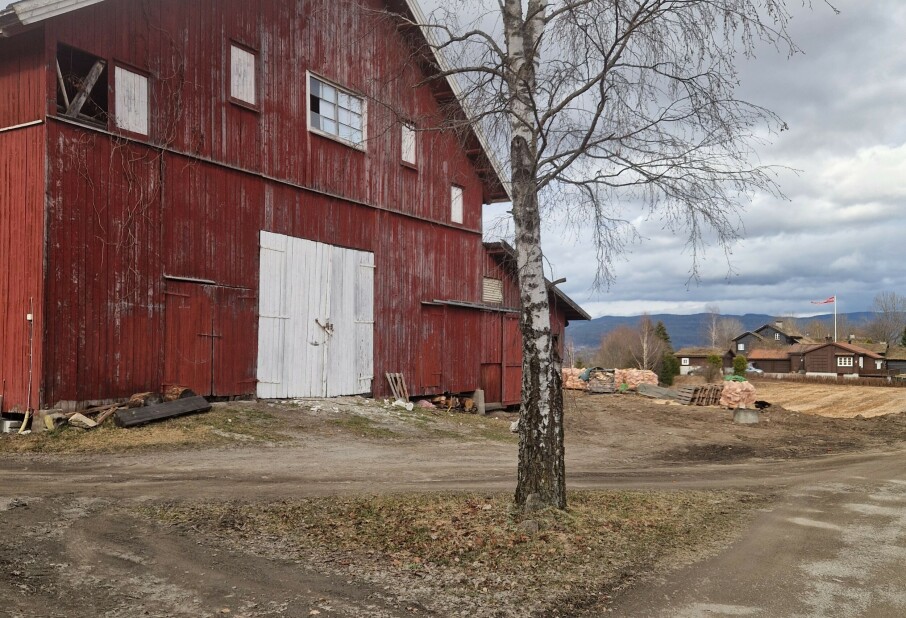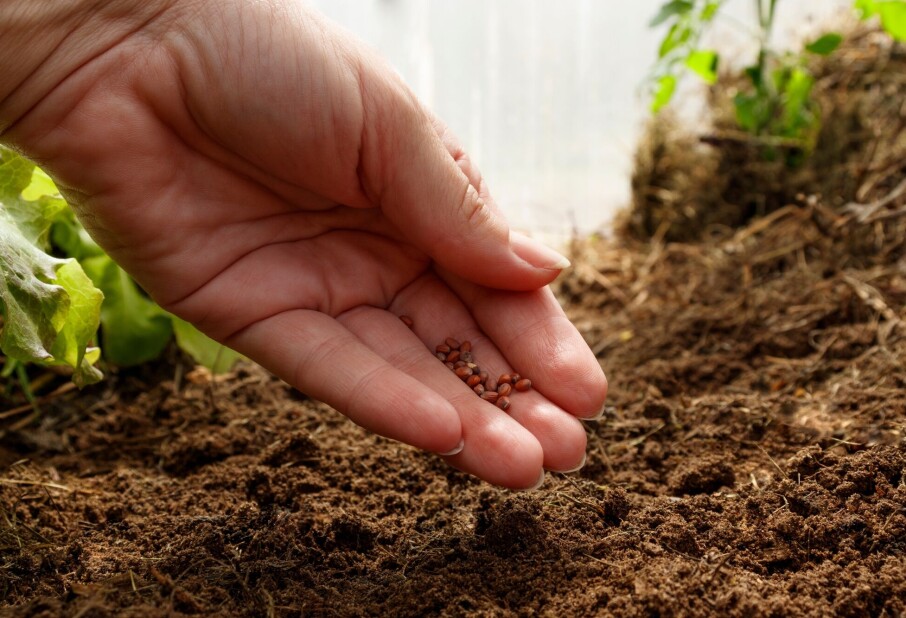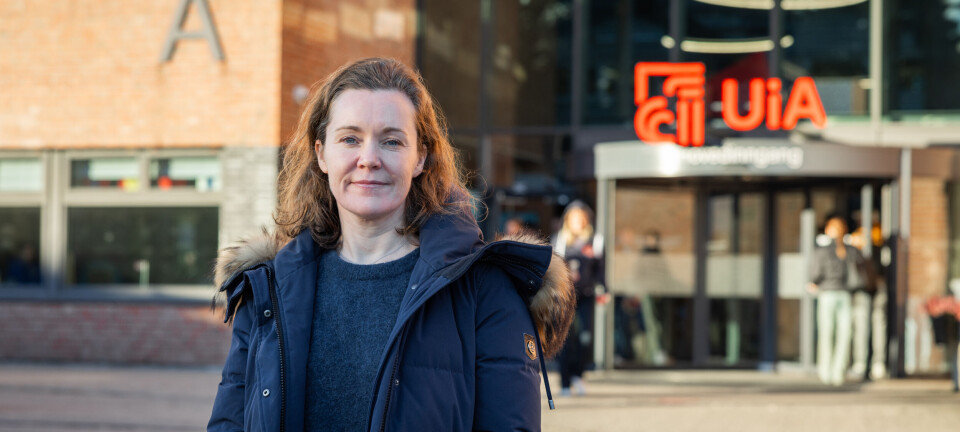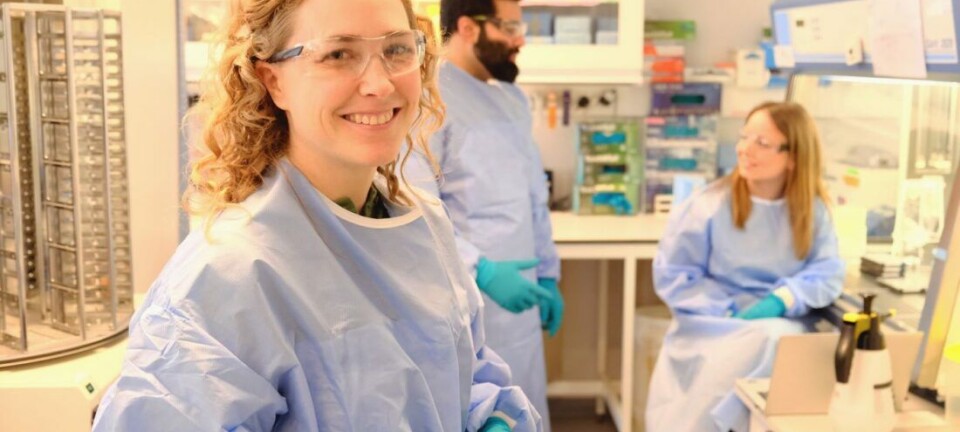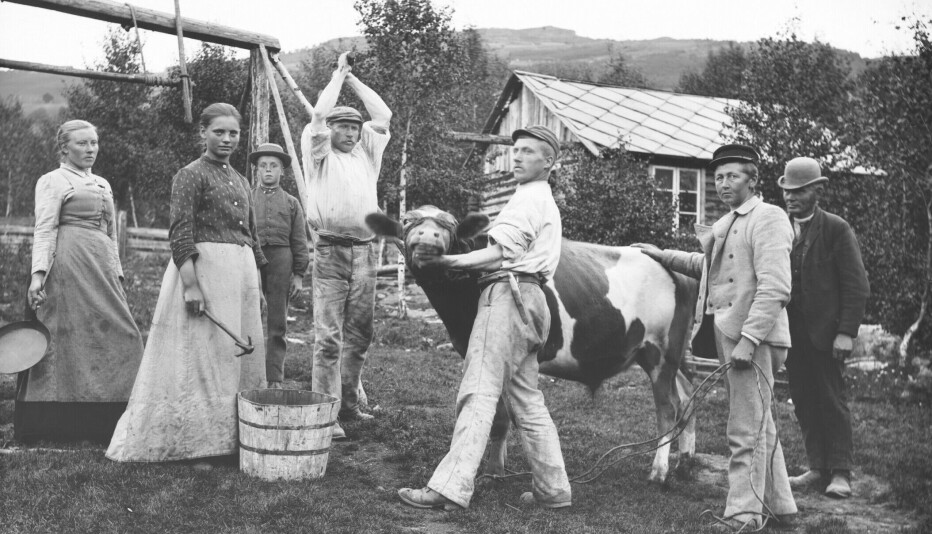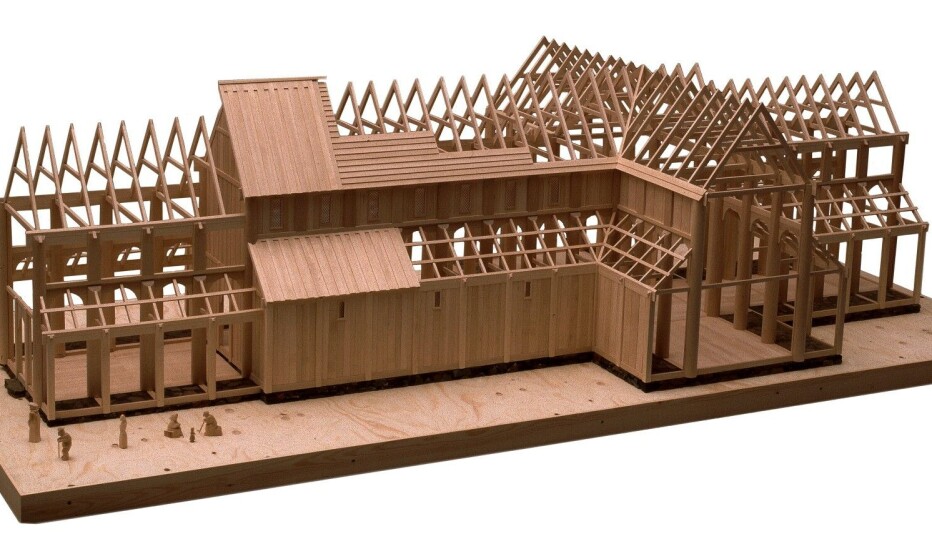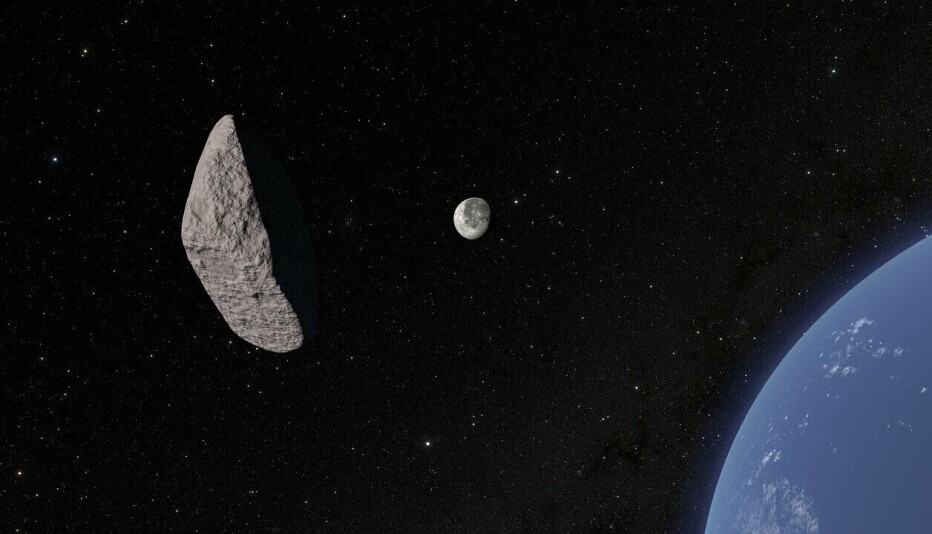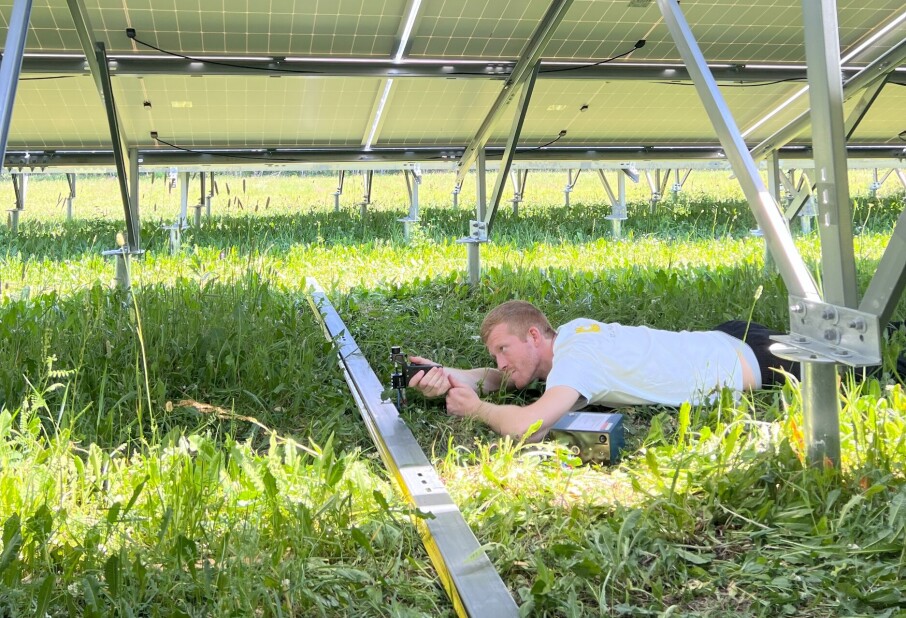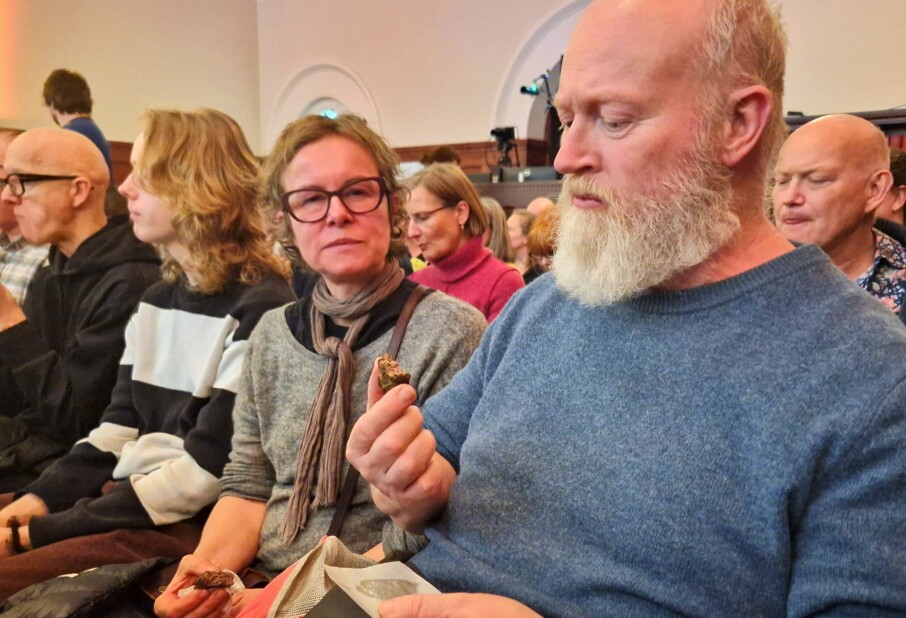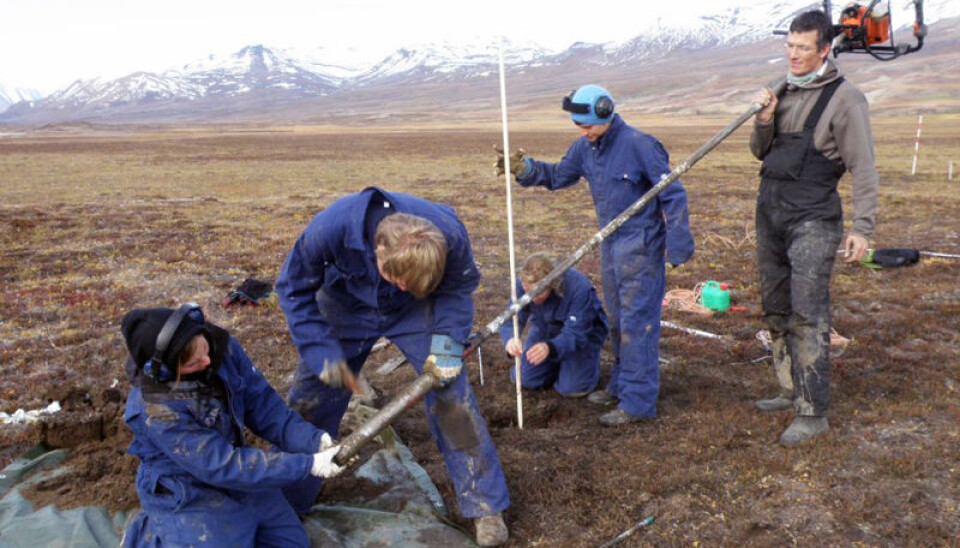
Wet tundra can also capture carbon
Do permafrost thaws and bacteria comprise a climate bomb in the Arctic?
Denne artikkelen er over ti år gammel og kan inneholde utdatert informasjon.
Tremendous amounts of carbon are stored underground in the Arctic permafrost.
Much of it stays put there as long as the tundra remains frozen. But temperatures are rising quickly in the northern areas and soils that have been frozen for thousands of years are now melting deeper down during summer months.
It would be a nightmare scenario if this vast carbon sink were to release climate gasses, which would raise world temperatures, and in turn cause more permafrost to melt ‒ a reinforcement creating a vicious cycle. However, scientists haven’t arrived at a unanimous opinion about the way the tundra reacts to rising temperatures.
The living conditions for tiny, carbon-consuming bacteria in the soil are a key factor for consideration in climate models, according to a new study. These microorganisms metabolise carbon compounds and produce carbon dioxide.
Water is crucial

Like us, these bacteria need access to oxygen. If the soil is sufficiently saturated in stagnant water it loses its oxygen and the bacteria cannot metabolise the carbon.
The carbon in the soil can thus remain immobilised for some time in a warmer climate. This could be good news for our climate.
Longer response time
“In some cases there can be a longer response time than we thought,” says Professor Hanne H. Christiansen of the University Centre in Svalbard (UNIS) and the University of Copenhagen.
She is one of the scientists behind the new study, published in the journal Nature Climate Change. The other researchers are connected with the Centre for Permafrost (CENPERM) at the University of Copenhagen, UNIS, Denmark’s Aarhus University and the University of Florida.
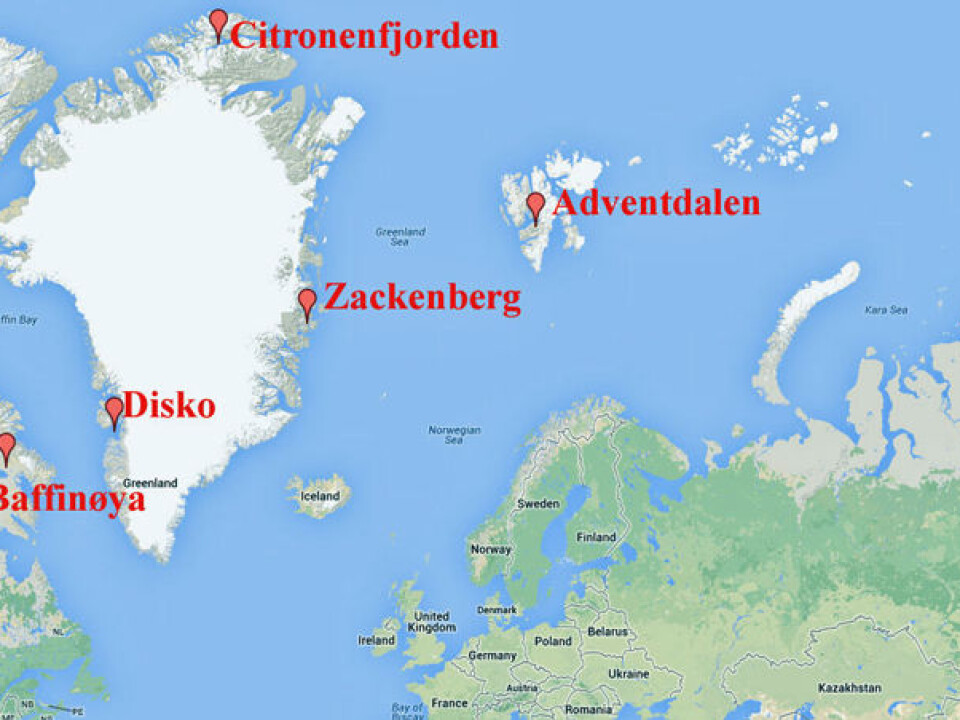
The study confirmed that the permafrost is on the wane. We have to dig deeper into the ground to find soil that remains frozen year round.
The change in depth is at least one centimetre per year at one site at Zackenberg on Northeastern Greenland.
This makes more carbon available to carbon-eating bacteria. The goal of the research is to calculate how much extra carbon dioxide seeps into the atmosphere as a result.
On the slopes
Results show that access to water rivals temperature as a factor to contend with.
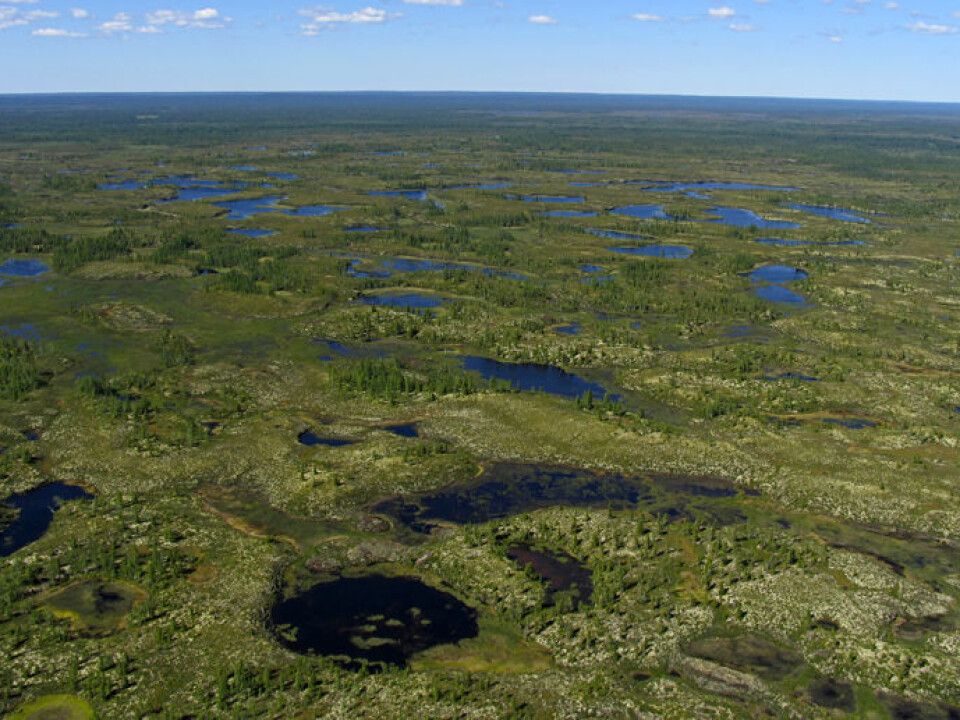
Christiansen explains that water which slows down the production of CO2 can come from snow melting on the surface.
The ground will be soaked with water in the fall on grassy slopes that retain snow cover long into spring and summer.
Such tundra will often be drier on level land where the snow melts more quickly.
This means that the temperature rise will have a diverse effect on different types of terrain.
Water can also soak the soil where particularly icy stretches of permafrost thaw out. So the proportion of ice stored in the permafrost is another factor which needs to be factored into climate calculations.
“At UNIS we do a lot of special research on ice in the soil,” says Christiansen.
Lab tests
The new study entails investigations of the soil from two types of landscape at Zackenberg in Northeastern Greenland. One consisted of grassy slopes, while the other was level and covered in heath.
Other parts of Greenland, Canada and Adventdalen on Svalbard have also been investigated.
Samples of the soil have been cultivated in a laboratory to see what occurs in situations which can be expected over a longer time span.
The scientists have found that if the soil is soaked in lots of water it can retain its load of carbon for centuries.
However, the study hasn’t dealt with a more powerful climate gas than carbon dioxide – methane (CH4). The US Environmental Protection Agency points out that, kilo for kilo over a 100-year period, the comparative impact of CH4 on climate change is 20 times greater than CO2. However, there are uncertainties around the increased rates of methane emissions that we can expect from additional permafrost thaw.
Significant potential
“This shows there’s a huge potential for the permafrost to impact future developments regarding CO2 even though there are uncertainties involved,” says Professor and Research Director Eystein Jansen of the Bjerknes Centre for Climate Research in Bergen.
He has not been involved in the new study.
Jansen points out that the temperature in the Arctic is now rising twice as fast as in other parts of the world. He says that studies such as this are essential for our understanding of the consequences.
After the Ice Age
Sufficiently detailed studies are still needed and the research director says we can’t find all the answers by looking into the past.
“Some 8,000 to 6,000 years ago the Arctic was considerably warmer than it is now,” he points out.
But there was no increase in CO2 and other climate gasses in the atmosphere.
It could certainly turn out differently in a world with over seven billion people, and the majority making increasingly larger carbon footprints. But this study shows that the Arctic could thaw without the atmosphere immediately gaining extra CO2 from bacteria in the tundra.
Translated by: Glenn Ostling








